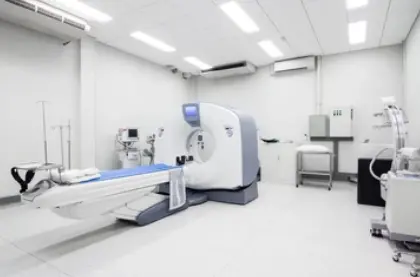 Welcome
Welcome
“May all be happy, may all be healed, may all be at peace and may no one ever suffer."
Pleural empyema - Generics
Pleural empyema is a serious infection of the pleural cavity, which is the space between the lungs and the chest wall that contains a small amount of fluid. Empyema occurs when pus, a thick yellow or greenish fluid composed of dead white blood cells, bacteria, and tissue debris, accumulates in the pleural cavity. This condition is often the result of a bacterial infection, usually due to pneumonia, lung abscess, or trauma to the chest wall.
Symptoms of pleural empyema include fever, cough, chest pain, shortness of breath, and fatigue. The diagnosis is typically made by imaging studies, such as a chest X-ray or CT scan, which show the presence of fluid in the pleural cavity.
Treatment for pleural empyema usually involves antibiotics to fight the underlying infection, along with drainage of the pus from the pleural cavity. This can be done through a procedure called thoracentesis, in which a needle or catheter is inserted into the pleural cavity to remove the fluid. In some cases, surgery may be necessary to remove the infected tissue and drain the pus.
Complications of pleural empyema can include scarring of the lung tissue, lung abscess, sepsis, and respiratory failure. Early diagnosis and treatment can help prevent these complications and improve outcomes for patients.

Menopausal atrophic vagin...

Malaria prophylaxis

Hepatic cirrhosis with as...

Dyspepsia

Travelers diarrhea

Iodine deficiency

X-ray imaging

Intrapartum prophylaxis a...
Pleural empyema, প্লিউরাল এমপিমা
To be happy, beautiful, healthy, wealthy, hale and long-lived stay with DM3S.